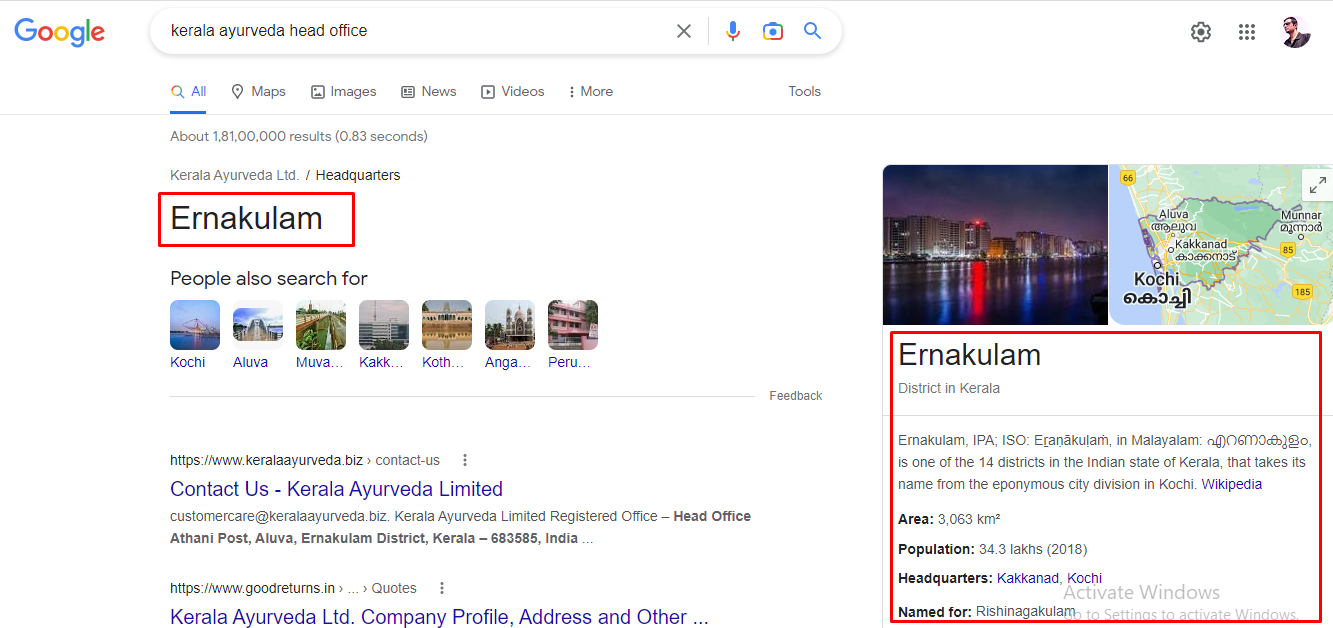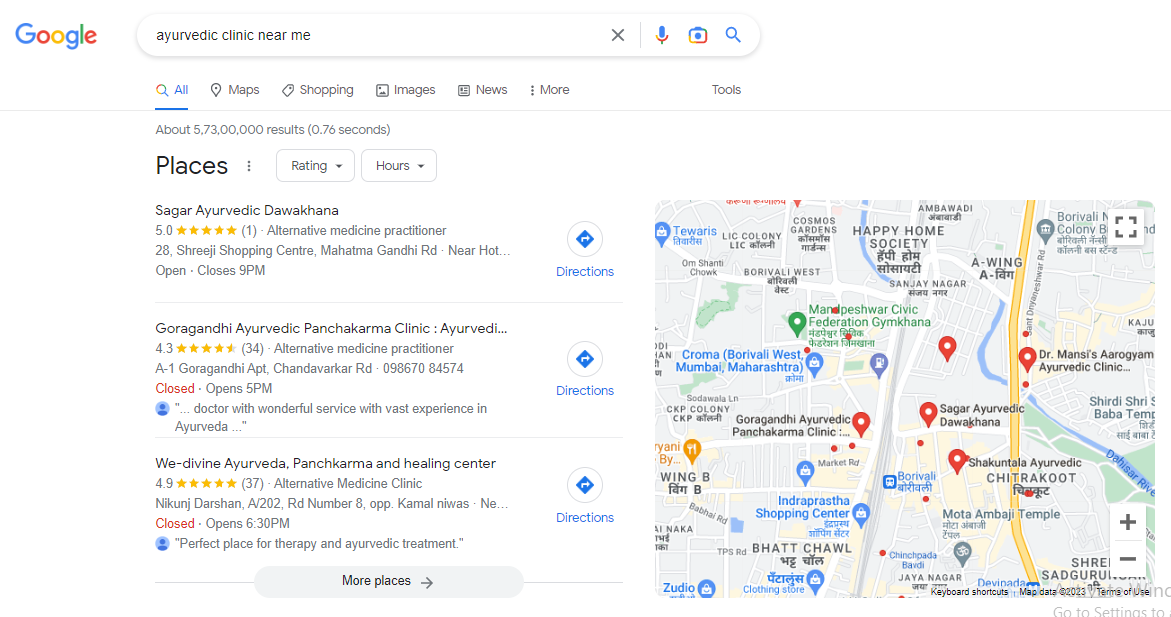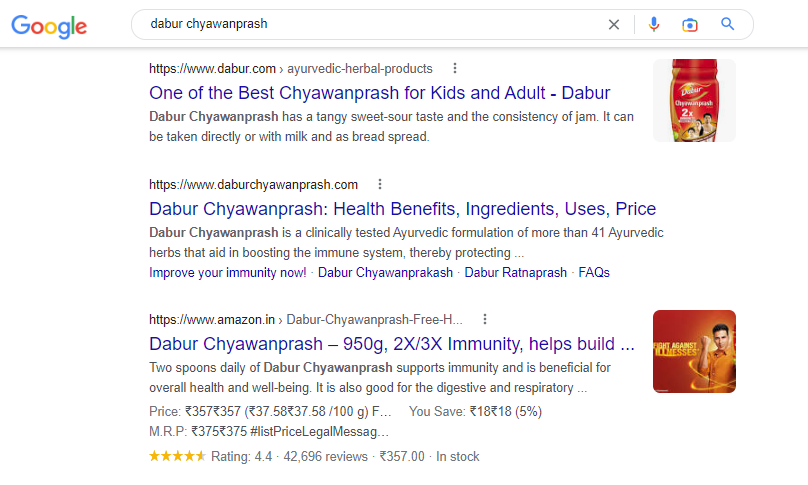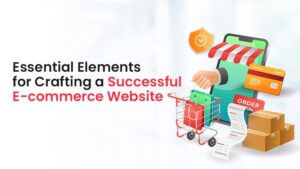If you are choosing your SEO keyword list only on the basis of average search volume, you probably have not evolved along with the Google search algorithm.
Ouch! That hurts!
Yes, it does, but we have to say it for your own good.
Google’s search engine has evolved a lot since its inception in 1998. From focusing on basics like keyword and content volume, Google with its machine learning, artificial intelligence, and deep learning is now serving results based on search intent coupled with other factors like user experience, content quality, etc.
So what is search intent, after all?
Well, to explain it in a simple manner search intent is the objective with which the user has put a query in the Google search box.
Now that’s like reading someone’s mind, isn’t it? Yes, it is but there is a methodical approach to understand the search intent of the user and planning out your SEO strategy accordingly.
The search intent can basically be divided into 4 main categories
- Informational intent
- Navigational intent
- Transactional intent
- Commercial intent
Let’s understand it better with the help of an example. Let’s say you are a seller of ayurvedic health supplements and you need to plan your SEO strategy.
So first let’s understand what is informational intent?
Informational search intent basically means that the user is looking for some information. It could be specific or even broad.
The search queries that fall in this bucket usually are in the form of a question and start with words like who, where, what, why, and how.
Now, how you can plan your SEO strategy around informational intent?
- Think of all the queries and concerns that your target buyer might have.
- Create a list of keywords pertaining to those queries.
- Understand how and where you can address these queries on your website. It could be in the form of a blog or any page related to the query.
- Create content related to those queries while using relevant keywords.
In the above example, your target buyers would be:
- Health-conscious people
- People suffering from certain health issues.
Plan the query as per the buyer type:
| Buyer Type | Query | Query Type |
| Health Conscious People | How to remain physically fit and mentally alert? | Broad |
| People suffering from a health issue | What is the best cure for sleeplessness? | Specific |
Now let’s understand what is navigational intent?
Navigational intent means that the user is trying to find something specific in terms of an address, a website or a blog.
Google tries to show them specific results and often uses SERP features like knowledge panels, local packs or rank zero snippets.

Navigational intent is distinguished by the fact that the user already knows about the specific thing that they are trying to find.
So how can you plan your SEO strategy around navigational intent?
Over here you will have to:
- Create a local listing if you have a physical store
- If you already have a local listing make sure that it is updated
- Ensure your site structure is organized and easy to navigate for navigational keywords.
- Each section of your website should be clearly labeled with page titles, headers, tags and descriptions.
- Create a dedicated page for the product or service you are offering containing most relevant information.
- Optimize each page for product and brand keyword along with information like what problem does the product solve, what are the benefits etc.
- Optimize your URLs to be descriptive and easy to read.
Now let’s move on to understand what transactional intent is:
Transactional intent basically means the user is looking to take a specific action. In spite of the name, transactional intent does not necessarily mean a purchase. It can be an inquiry, subscription to an email or downloading an e-book from the website. It could be even to book an appointment or visit a physical store.
In some cases the transactional search intent is obvious and google will show results that will fulfill the user intent. For eg. a user searching for ayurvedic clinics near me is probably looking to visit or book appointment for himself. In this case Google will show local listing results that contains the address, calling option, directions etc.

In other cases where the search intent is un-clear Google will show results using various SERP features what will help user in completing the transaction. This often happens when the user searches for a specific product or name.

How to plan SEO strategy for transactional intent?
- First determine what you want the user to do exactly. Do you want him to call you? or fill an inquiry form? Or make a purchase?
- Ensure there are specific pages dedicated to carry forward that transaction.
- Enlist the keywords that aim towards the transaction intent
- Ensure that these pages have page title, meta title, description in place and they include your keywords.
- Provide all the relevant information that helps user to take that specific action. In the case of a purchase write description that encourages user to complete the purchase.
- Have clear call to action on these pages.
- Ensure the transaction process is smooth. Check for the enquiry form if it’s throwing any error, check for the purchase like – add to cart, checkout, make payment.
- Use structured data to help Google understand what’s on the page and it can show the user to help them convert.
Now finally let’s understand what commercial search intent is:
Commercial search intent is when the buyer is about to make a purchase. This intent is a mix of informational and transactional. Before buying a product he would do some research, (in this case, very specific in nature) and looking to purchase.
For example, if someone is looking to buy the ayurvedic tonic ‘Chawanprash’ and is in dilemma is he wants to go for Dabur or Patanjali, he would type keywords like Dabur Vs Patanjali Chawanprash.
For these kind of search queries, Google show pages that have a comparison. The buyer will look for reviews, testimonials and other things that he can help him compare.
What can be your SEO content strategy for commercial intent?
- Identify top competitors. You can even generalize competitors as ‘other competitors’ if you don’t want to name anyone.
- Structure the page in a way that it’s easier to compare. Typically a tabular format is followed for comparison.
- Create listings and blogs and submit on popular portals which are referred by buyers before making the purchase.
Conclusion
Structure your website in a way that it caters to the buyer with the relevant information at each stage of the buying process as per their intent. Include the right keywords and content on the respective pages and it will help you rank higher on Google. Not only that but it will also get the relevant traffic on the website that will help you grow your business.







